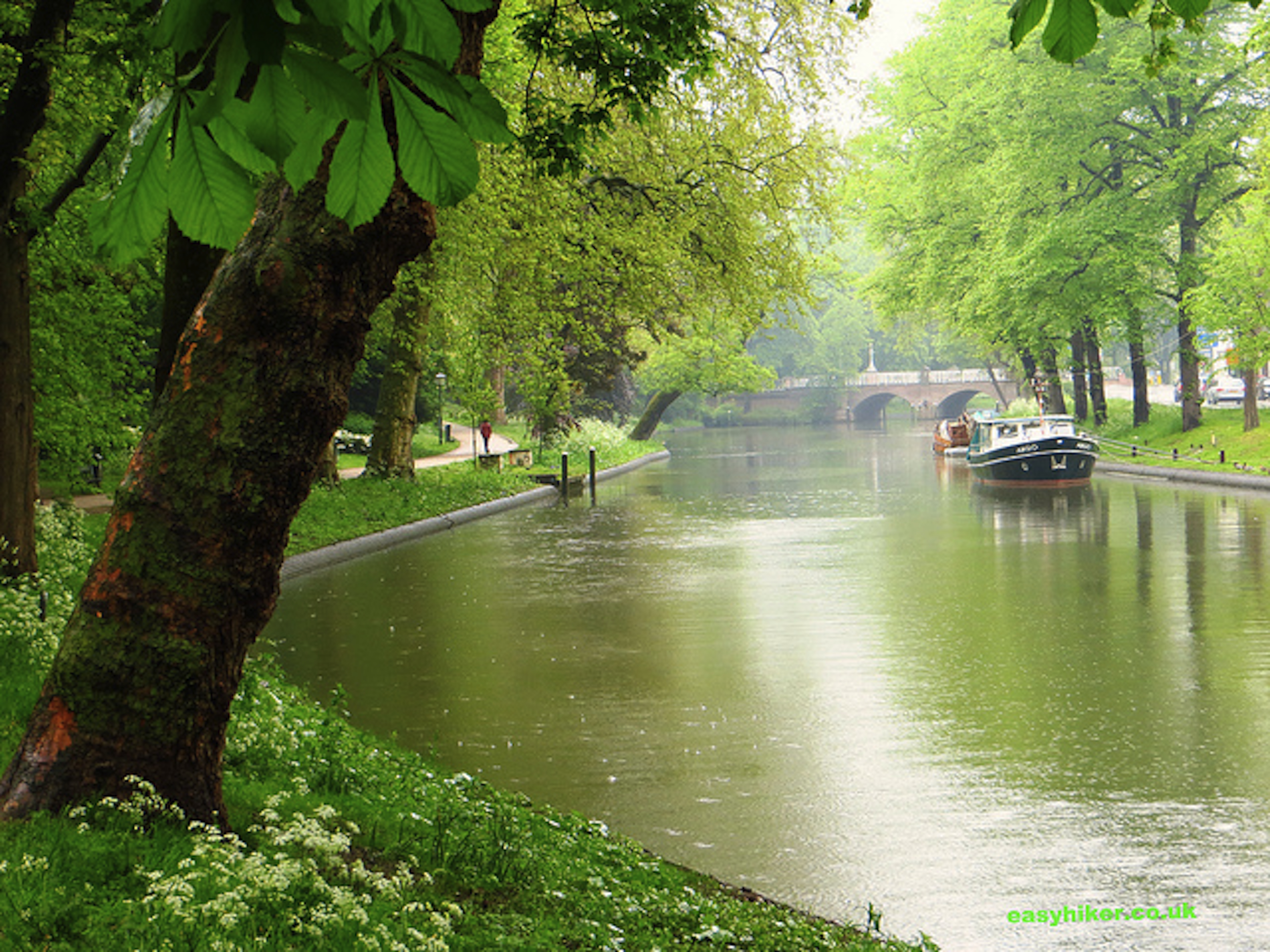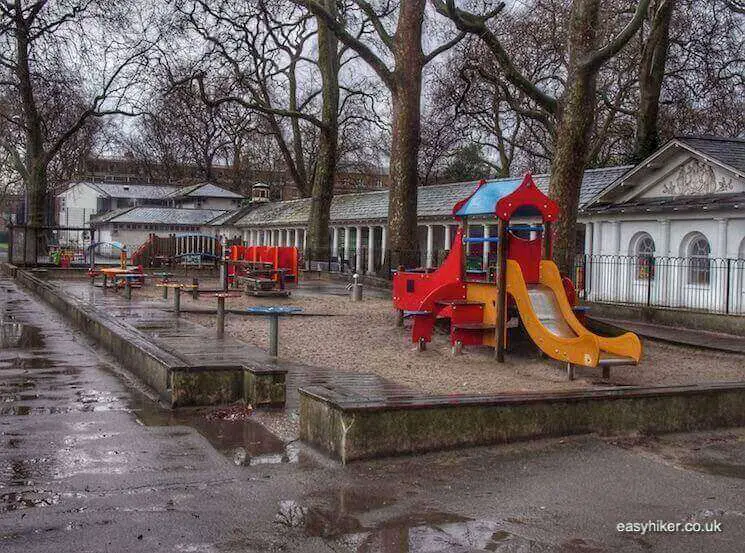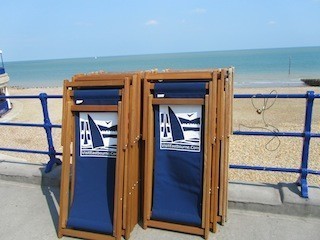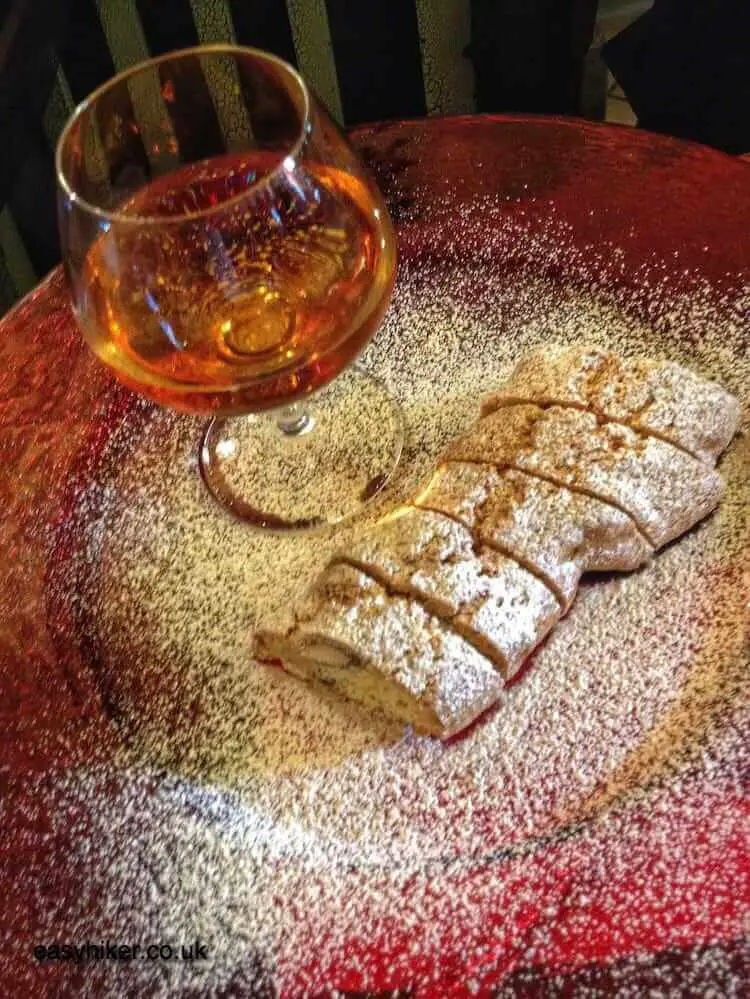Many people come to Brindisi, but few stay for longer than it takes to hop on to a ferry or a train.
Brindisi is not a destination but a hub: tourists who are flying in to visit the heel of the Italian boot often take a bus to their holiday destination directly from Brindisi airport (the Adria’s only runway south of Bari), and people who want to travel by boat to the Balkans and Greece have equally little time or patience for an exploration of the city. Today, we will tell you what they are missing out on.
2000 Years of War and Peace and People in Transit in Brindisi
Watching people pass through on their way to somewhere else is not a new experience for Brindisi. The town and its harbour have been a place of transit for well over 2000 years. Throughout antiquity, Brindisi served as ancient Rome’s gateway to the eastern Mediterranean, the cultural and economic heart of Europe for much of the period.
Brindisi was where people boarded a ship on their way to Athens or the Olympic Games (the poet Virgil died here on his return from Greece) and where goods from the eastern provinces of the Empire were unloaded. It was to create a traffic link between Brindisi and Rome that the Via Appia was built , the most famous of all Roman roads.
An ancient column near the port still marks the spot where the regina viarum, the “queen of all Roman roads”, used to end.

Then and now, the port was and is the hub of all commercial life in Brindisi. Do not expect to spot yachts and windsurfers: this is a working harbour.
The vessels that you see in the port are not floating around to amuse you. They are mainly fishing boats and ferries, …

… and what lies anchored in front of the Castello Federico fortress, probably the oldest building in town, are no pleasure boats either.
The Castello was built for the sole reason of defending the port and its hinterland – and it still serves this purpose nearly 1000 years later: today, the fortress houses the command center of the Italian military’s 3rd Naval Division.

War, fishing and the shipping of people or goods: today’s walk will pay tribute to all of the three ancient trades of Brindisi, and we will start with the latter by using a boat – the STP Motobarca, Brindisi’s vaporetto or water bus – to cross the short distance from the townside quai across the port basin to its northwestern shore.
These water buses circulate around the basin in intervals of approx. 20 minutes. You can catch one from several stops on the townside lunghomare on Via Lenio Flacco. Tickets can be bought for 1 Euro apiece from a machine on board, but you must have your coins ready.)

Disembark at the Villaggio di Pescatori, which may not look like a fishermen’s village from a tourism brochure …

… but which, in contrast to some of its prettier cousins, still has active fishermen inside.

The Villaggio has the soul of a fisherman’s village, even though its outer shape owes more to modernism than to ancient traditions.
The village was created in the 1930s when the municipal adminstration decided to raze the derelict and unsalubrious huts where the town’s fishermen had worked for centuries.
Rather than simply replacing these sheds with a few rows of concrete cubes, however, the urban planners chose to implement a much more ambitious project that also included social housing …

… and even a few villas.

Sadly, the entire building fabric of the Villaggio has not aged terribly well. The quality of the construction work failed to match the developers’ ambitions, and chunks of concrete have recently been falling to the ground with disturbing regularity.
The entire village is now itself a case for urgent rehabilitation – or worse. It seems possible that this – quite possibly unique – architectural experiment will eventually share its predecessor’s fate of total demolition.
That would be a pity, not least because modernist shapes and ancient customs have found interesting ways of coexisting peacefully with one another over the past 100 years.

Leaving the Villaggio, take the stairway up the bridge on the right side of Via Palermo and turn right into Via XV Novembre 1918.
You are now entering Brindisi’s poshest quarter which still features many stately mansions, including one with a lot of historical baggage.

The villa at the very end of Via Margarito da Brindisi (overlooking the port on your right hand side) was once the home of Maresciallo Pietro Badoglio, Prime Minister of Italy in the period between Mussolini and the post-war Republic and the 1st Duke of Addis Abeba, a title that had been previously created for him by Il Duce after the Italian Army – led by Badoglio – had conquered Ethiopia. (The title, somewhat surprisingly, is still extant and now in the hands of the 3rd Duke, the maresciallo’s great-grandson.)
A few blocks further, we are approaching the Giant Clothes Peg that you will certainly have spotted from the pier near the Villaggio and probably already from the townside quay of the harbour.
This structure is the Monument for the Italian Mariner …

… but was originally conceived, more specifically, for the 6,000 Italian mariners who died during the naval battles of WWI.
Connoisseurs of Italian architecture will already have guessed that the monument was built in the Mussolini era – and yes, it was. Even by the standards of its period the building comes across as aggressive and belligerent, more a declaration of war than a mournful monument for the fallen sons of the nation.

On the inside, however, the monument is dignified and respectful.

There is a small garden, too, where you can sit down and take a rest….

…because you will need your energy for another walk later in the day: the walk down Via Garibaldi –Brindisi’s high street – at night, for what the Italians call the passeggiata.
Most Italians, particularly in the south, live in the same town where they were born and grew up, so they are more or less guaranteed to meet familiar faces everywhere they go – or stop, because that is the real purpose of the passeggiata: to meet people to exchange pleasantries and a bit of gossip.
Any such expectation would be far less realistic for visitors, of course, but there is still much to enjoy. You may not find someone for a chat , but ice cream parlours and street cafés are open for natives and visitors alike.
Despite the port with its multifaceted history of war and peace, the villaggio dei pescatori and the Monument for the Italian Mariner: this is the best walk you can do in Brindisi.







